Spotlight on top personal tech pieces of 2015
Smartwatches, VR and drones characterised a year where personal tech gave more than we were ready for.
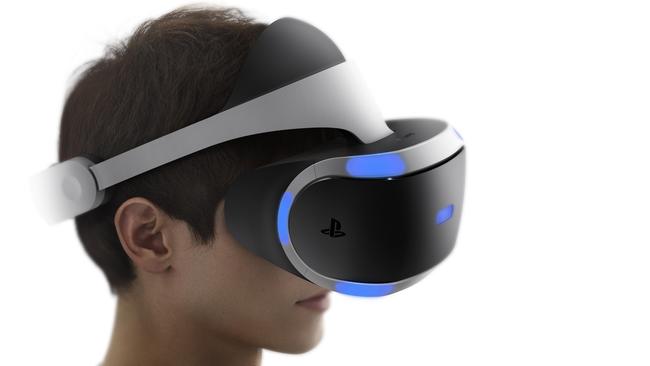
Smartwatches, virtual reality devices, drones and incredibly thin phones characterised a year where personal tech was sometimes capable of more than we were ready for.
TECHNOLOGY CHRISTMAS LIST 2015
A decade ago, when a new device hit the market, we could be let down. “If only the screen had a higher resolution,” we’d grumble, as we swung out hopes to the next year.
Now that technology does most of what we want, the question is invariably: “Do I really need it? Take smart watches. Humanity is still to decide whether they’re worth bothering about. Even companies making smartwatches aren’t sure where the market will go. They pepper consumers with different models to see what sticks.
So what was inspiring in 2015?
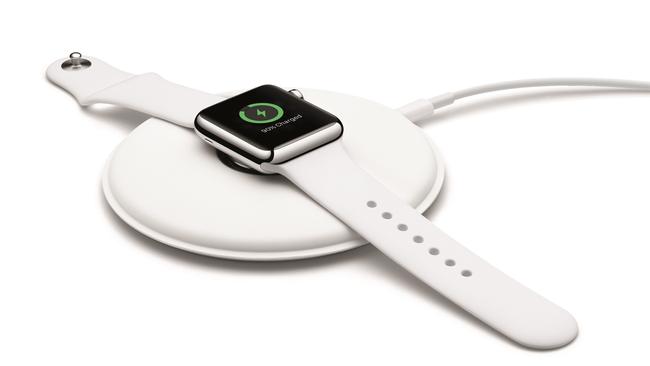
Apple Watch dominated the smartwatch market. With premium looks, a rotating crown, an availability of apps and well designed menu functions, it left the Android Wear for dead. But Samsung later produced the Gear S2. Thinking outside the square, it used its Tizen operating system to power the S2 rather than Android Wear. The result was an excellent user experience on a small watch interface. Add the rotating bezel for selecting watch functions, and it was a smartwatch you want to keep wearing.
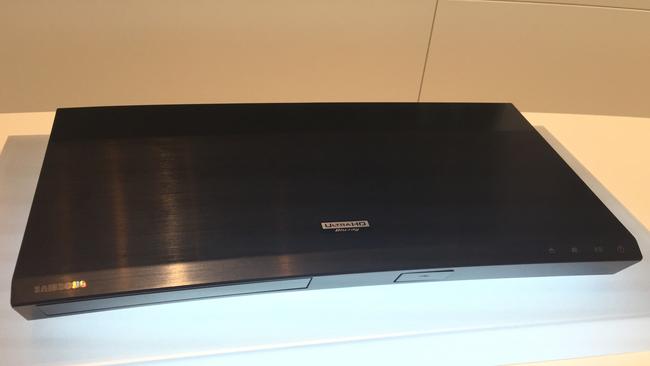
Samsung this year showcased a new Ultra HD Blu Ray player capable of playing 4K movies stored on high-capacity 128GB Blu Ray disks. While it’s not in market yet, the player offers a way for movie houses to distribute much-needed 4K content for ultrahigh definition TVs. 20th Century Fox will supply content.
Virtual reality became more common in 2015. Samsung and LG produced headsets that could stream VR clips with a phone inserted at the back.
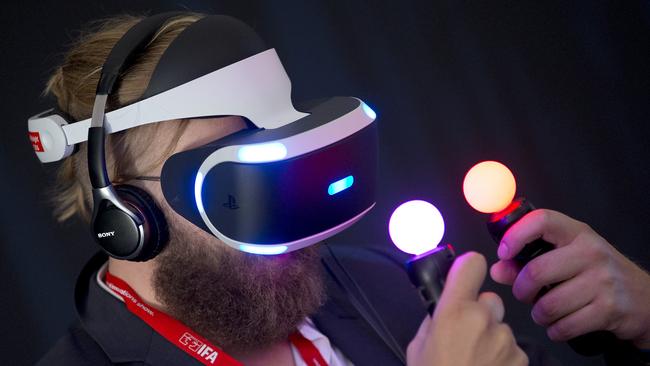
The most inspiring VR implementation so far goes to Sony, which offered previews of its VR headset for PlayStation 4. Not only can you look around your 3D, virtualised environment, you can walk around it, and, using move controllers, you can pick up objects in the virtual world.
We’re starting to see single-lens cameras capable of recording a 360 degree horizontal panorama and a month ago I used the 360fly to record inside the first driverless car outing on a public road, near Adelaide. The resolution is less than fantastic, and it doesn’t record 3D, but you could watch the video using a headset and feel you were in the car — DIY VR.
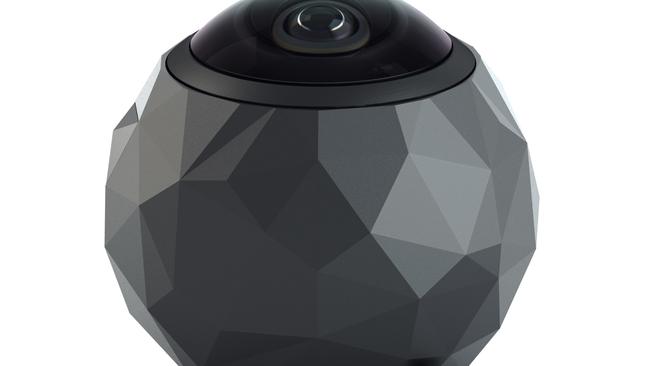
There was HP’s futuristic Sprout, a high-end Windows computer used for design with a tower-like illuminator that can scan objects, It has a touch-sensitive mat that replaces a regular keyboard. You can project any workspace onto it that you need.
Of this year’s Apple devices, the one I was most taken with was Apple TV mark 4 with its own dedicated apps store. That may show my bias towards home entertainment tech. But I do believe the apps coming the way of Apple TV will make it an extremely versatile addition to a home theatre setup. In addition, I found its menus much faster to navigate than the app-enabled smart Blu-ray players I have connected, and you can easily scrub through a recording to where you want to start watching. A killer feature.
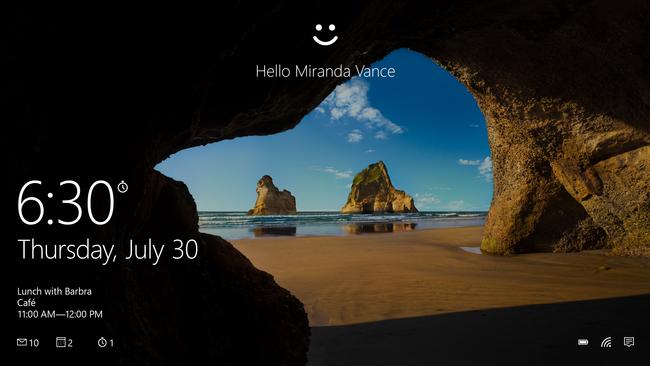
Inspiring tech doesn’t have to be hardware — software can inspire too. While Microsoft Windows 10 is a step in the right direction, it’s Windows Hello that captured our interest. You no longer have to type a password to log onto a Windows computer. Instead, an Intel RealSense camera recognises your face and logs you in straightaway. It happens in a flash. We tested Windows Hello with several sets of twins without it recording a false positive.
Lots of clever consumer drones appeared in the market. There was Parrot’s Bebop drone with a 180 degree view and a full HD camera, 3D Robotics drone that shoots video along pre-programmed routes with a GoPro camera, and DJI’s Inspire 1, with a camera that shoots 4K video and 12 megapixel stills. We reported on a prototype of a hydrogen powered drone that promises flight times of up to 4 hours.
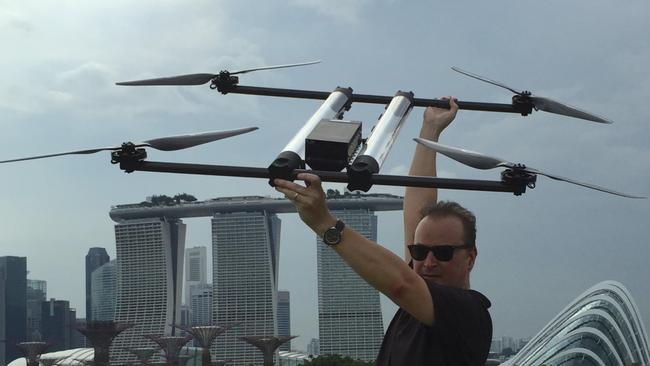
New smartphones by Apple and Samsung were the best of the bunch with iPhone 6s offering 3D Touch. You “hard press” the display for extra functionality. And the world of 4K TV expanded with new premium models by Samsung, LG, Sony and Panasonic. LG’s EG960T 4K OLED smart TV was our pick of TVs this year.
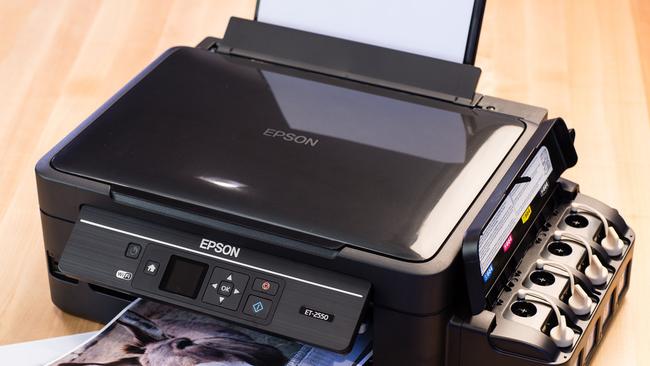
Printers usually don’t make it onto inspiring tech lists, but Epson’s EcoTank printers address a major bugbear — having to repeatedly shell out for ink. Instead you fill large tanks at the side with bottles of coloured ink. Each bottle costs $16.99 and a set of 4 colours will typically print 13 reams of paper, lasting up to two years, says Epson.
There’s alway inspirational technology that addresses disabilities. Apple has software called Switch Control that lets users with disabilities operate an iPhone and iPad. This year it became compatible with Australian-developed NeuroSwitch, which lets sufferers of motor neurons disease communicate with the outside world.
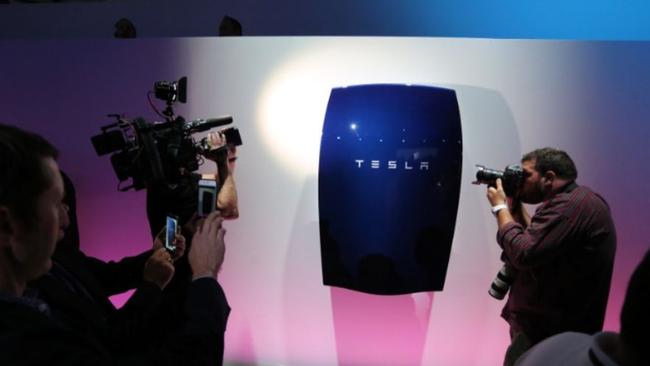
And there was Elon Musk’s Tesla Powerwall. Announced in April, Powerwall is a huge battery for a house that can store energy from solar panels and make it available throughout the day. Or it can store off-peak power for use at peak time. In Australia, we’re told Tesla will partner with installers and solar panel suppliers to sell them and you can put your money down before Christmas.
In 2015 we saw tech that needs a bit of work.
While we loved the original Jawbone UP activity tracker, the current UP3 is having to compete with more sophisticated activity monitoring devices and smartwatches with health monitoring integrated. Jawbone needs to reinvent UP not to fall by the wayside. Microsoft’s Cortana personal assistant has great potential but has a way to go to be useful in Australia.
While self-balancing scooters aka ‘hoverboards’ loom as hot Christmas gifts, overseas instances of them bursting into flames due to battery issues and a range of local bans on their use on roads, footpaths and paths, means buyer beware.


